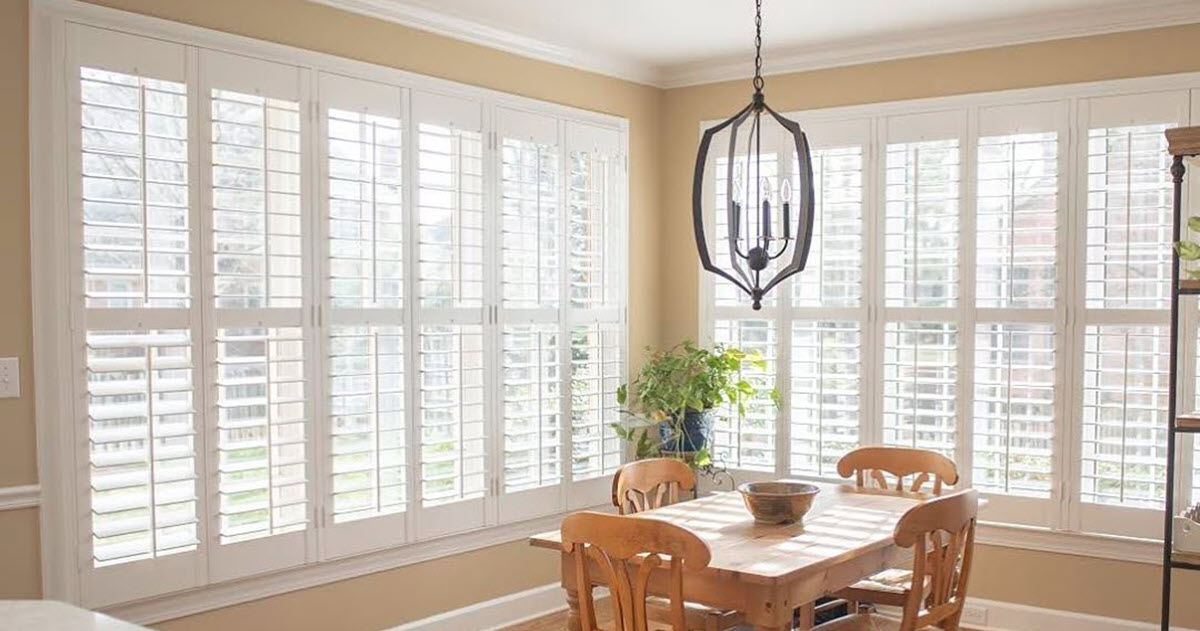Combating Window Condensation
Condensation on window glass is one reason homeowners turn to replacement units. But it can also be one of the reasons for a callback after the windows have been replaced. What starts out as a selling opportunity—visible evidence of energy-wasting windows—can turn around and bite you when the condensation persists after new units have been installed.
We know how important it is to educate homeowners about the causes of condensation. Although cold glass exacerbates the problem, windows do not cause condensation; high humidity does.
Causes. Moisture in the air will condense on a cold surface wherever the air near the surface reaches dew point. The coldest surfaces in a home are often on windows—and most often at the edges, where conduction is greatest.
Condensation can occur in both very hot and very cold weather. On a cold winter night when the indoor temperature may be more than 50°F higher than outside, condensation on the inside edges of an insulated glass window is possible, depending on indoor humidity. Similarly, on a hot summer day, condensation may form on the outside surfaces of the windows of a heavily air-conditioned home.
In a cold climate, you can do something about the humidity—ventilate. In a hot, humid climate, the only solution may be found in using high-performance windows.
Window options. High-performance windows like our Restorations Windows are designed to reduce conduction through the glass and reduce the chances that condensation will form.
Another option is choosing an IGU with an argon- or krypton-gas fill, which provides a slightly better insulation value and reduces convection between the panels. This may be the best option for windows in a kitchen or bath where even exhausting the humidity is not going to be enough to prevent window condensation.
Don’t set your expecations too high. If your existing units are single pane, it’s a good bet that new double-pane units will go a long way to alleviating condensation problems. But not always! When condensation forms on the inside edges of an IGU in cold weather, it is an indication of excessive indoor moisture levels. There is only so much a window will do for you and we often rely on reliable home-performance or HVAC firm to help you reduce indoor humidity levels.
There are occasionally real issues associated with condensation that can be blamed on the window. The most obvious failure is condensation between the panes of glass in an IGU caused by a broken seal. When the seal breaks, moisture-laden air leaks in and condenses on the coldest surface inside the IGU. The only cure is to replace the IGU (or, more commonly, the whole sash unit). Even if a broken seal does not cause condensation inside the unit, the low-E coating, which is typically put on one of the inside surfaces, will slowly oxidize. This appears as a permanent smudge or fog that can’t be wiped off. This, too, warrants replacement of the unit.
ABOUT US
For more information on replacement windows from Thebco including our flagship Restorations line call us at 608-249-2905 or check us out online at www.thebco.com. Or feel free to stop by our showroom at 4476 Robertson Rd, Madison, WI 53714 to check out some window design options in person!






